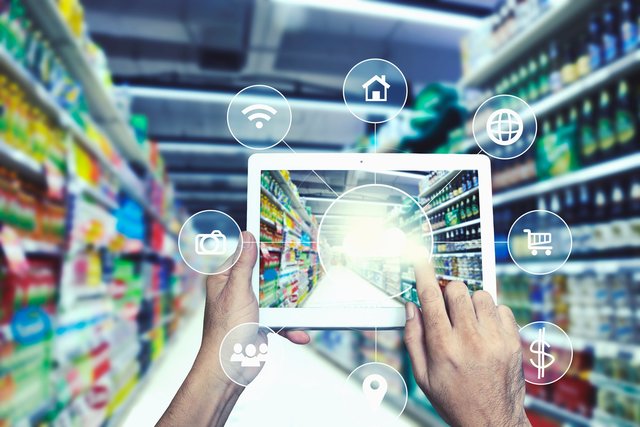Digital Consumer-Race to Keep Up with Customer Expectations

Businesses have always raced to keep up with changing customer expectations, but since the turn of the century, something remarkable has happened. A series of rapid technological advances have contributed to the transformation of customer expectations while simultaneously providing enterprises with the digital tools to create the beguiling experiences that are now needed to satisfy customers.
Today, companies are offering experiences that customers would not have imagined were possible five years ago, let alone become a part of their everyday lives. The race to deliver what ‘on-demand customers’ want has sped up dramatically. Both B2C and B2B customers are forming their expectations of product/service quality around the speed, convenience and ease of use offered by their perceived leaders in customer experience (e.g., Uber, Apple and Amazon). These expectations now transcend traditional industry barriers, with customers expecting similar quality of experiences across the products and services they consume.
Present and future generations have expectations that are markedly different than those of the past. Raised as digital natives, they not only adopt new technologies faster, but can also imagine for themselves how these technologies can be used to improve their lives, making them much harder to surprise.
All enterprises – whether in the B2C or B2B world, whether in developed or emerging markets – need to focus on meeting and exceeding customer expectations. The need to provide a customer experience that competes both with rivals in the same industry and best-in-class companies across sectors leaves business leaders with plenty to think about.
1: Product and Service to Experience
In today digital Economy, offering just goods and services is no longer enough for business to achieve success. A number of companies are using digital technologies to offer customer unique and unforgettable experience, as an increasing important differentiator alongside the quality of their core offering.
As the rate and scale of disruption accelerates, and customer expectations evolve, companies face an increasingly important need to change the way they track and respond to customer expectations.
2:Hyper-Personalization
Customers increasingly expect personalizing and highly relevant interaction, creating to their individual contexts. Digital technology is enabling companies to meet these expectations by delivering personalization to larger number of customers at low cost. However, while recognizing the need to personalizatuion customer want, with the customers unwillingness to share personal information.
3. Ownership to access
The concept of access instead of ownership has become mainstream-in North America alone more than 110 Million people now participate in the collaborative convenience of on-demand access, the prospect of financial saving and its potential to improve their quality of life, Companies traditionally engaged in ownership model are evaluating opportunities to cater for more expectations of aces, before competitors or startups sweep in.
This presents some specific and urgent questions for companies to answer. These include how businesses can best combine digital tools with techniques such as design thinking to assess customer expectations; build agility into revenue models; identify the right digital tools to deliver outcome-driven experiences; incentive customers to share data in exchange for personalized services; and position themselves to profit from the shift in customer preferences toward access-based models.